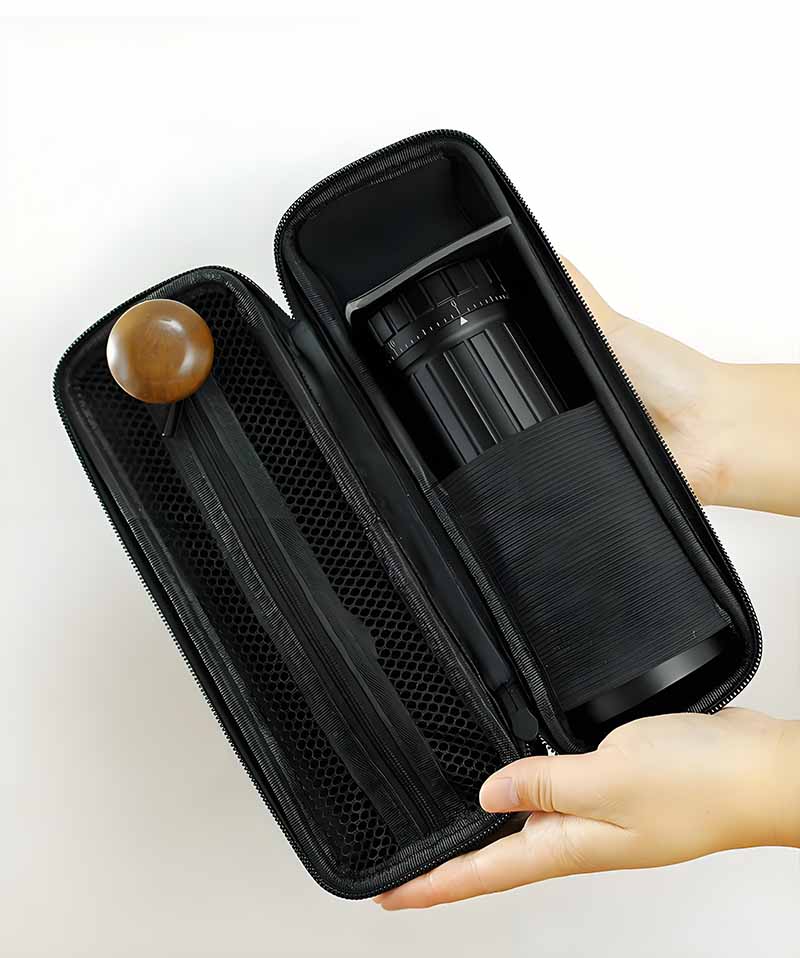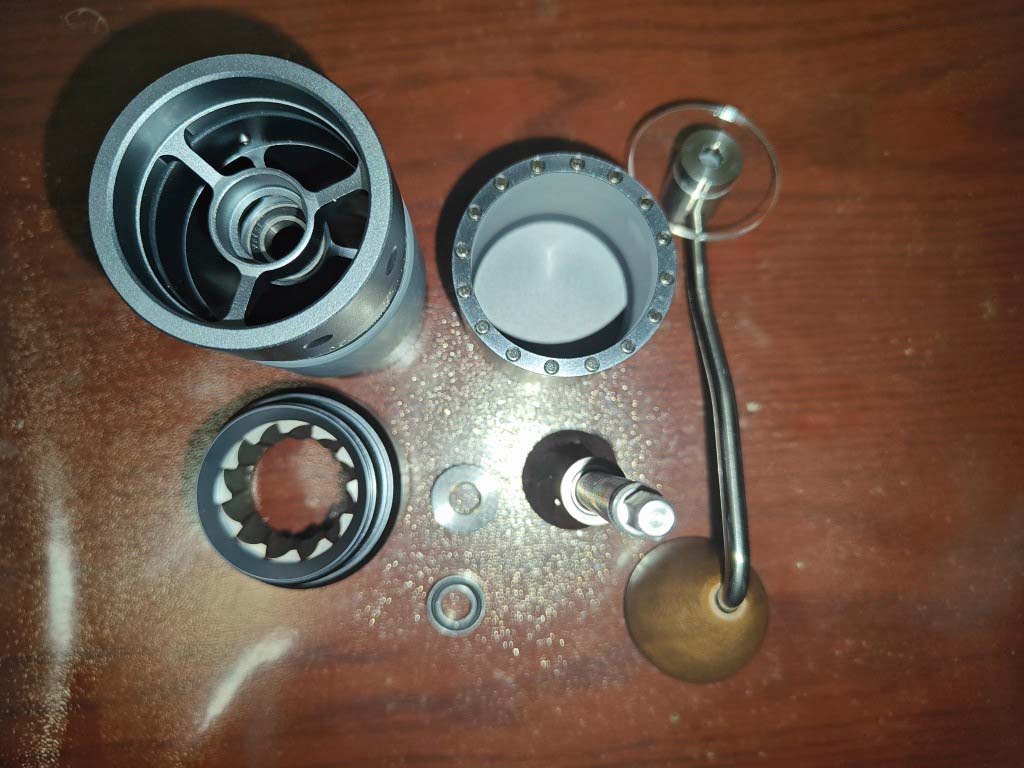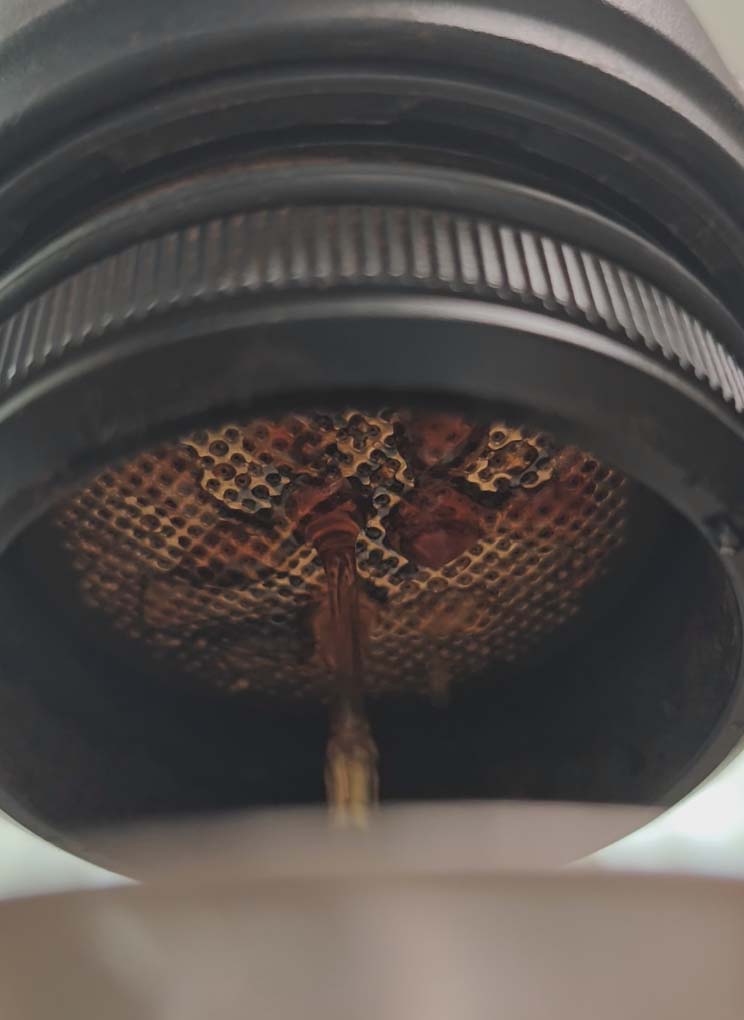
What is "channeling" in espresso?
Has anyone noticed that when we use the same parameters to extract espresso, the flow of the coffee sometimes becomes unstable or even splatters uncontrollably? Is the espresso machine broken, or is something going wrong in one of the steps?
Actually, it’s just that your coffee puck has experienced channeling, which is a very common phenomenon.
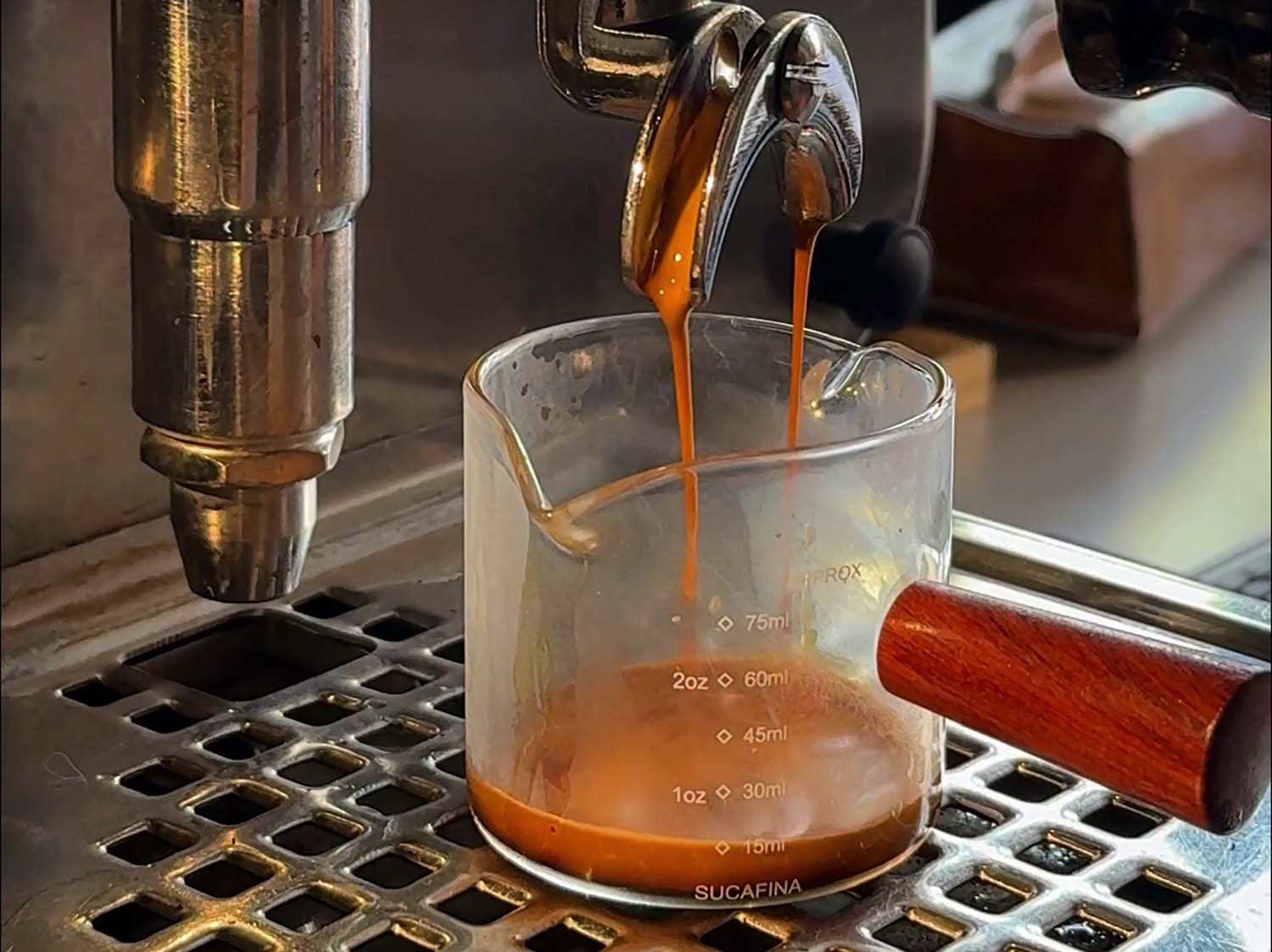
What is Channeling?
Channeling refers to a situation where the coffee puck is unevenly distributed, resulting in a significant difference in density between coffee grounds. During extraction, pressurized hot water breaks through the weaker spots, creating internal "channels." When the density of the coffee grounds layer is uneven, water will break through the areas with lower density and flow quickly through the gaps, leading to under-extraction. On the other hand, areas with higher density are harder for water to penetrate, which causes the hot water to stay longer in the grounds, resulting in over-extraction. An espresso that experiences channeling during extraction will taste both bitter and astringent because both under-extraction and over-extraction occur simultaneously.
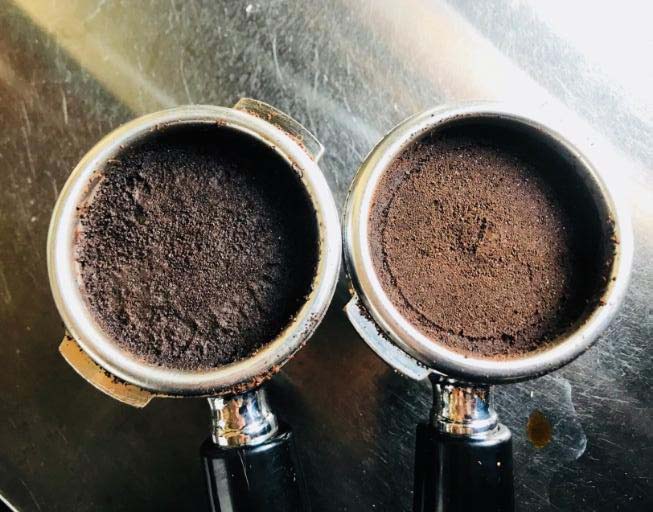
How to Identify Channeling
If you want to observe or identify whether channeling is happening, a bottomless portafilter is the best option. If channeling occurs, the coffee will not flow from the center of the portafilter basket but instead will be biased to one side or even spray out in all directions. Additionally, checking the puck after extraction can also reveal channeling: if there are small holes in the puck, it means channeling has occurred.
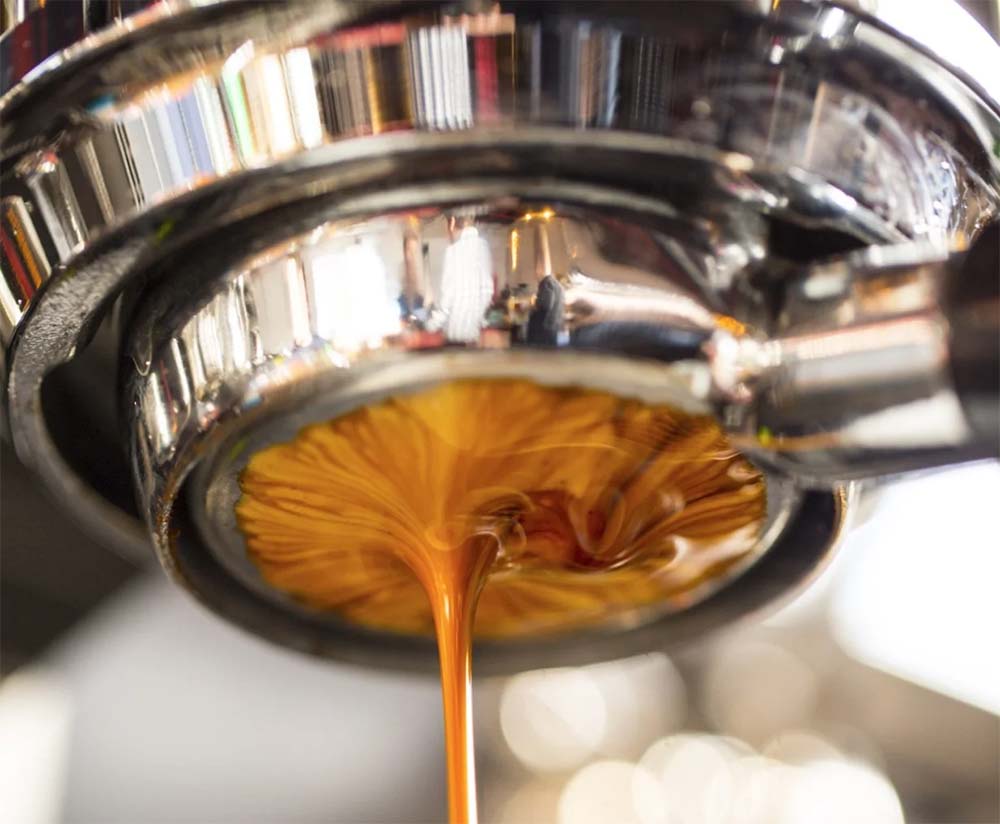
Why Does Channeling Occur?
Freshness of Coffee Beans
The fresher the coffee beans, the more likely channeling is to occur. This is because very fresh coffee beans contain more carbon dioxide. Since gases are not stable, they can surround the coffee grounds and prevent hot water from extracting them properly, causing the water to flow from the edges, thus resulting in channeling.
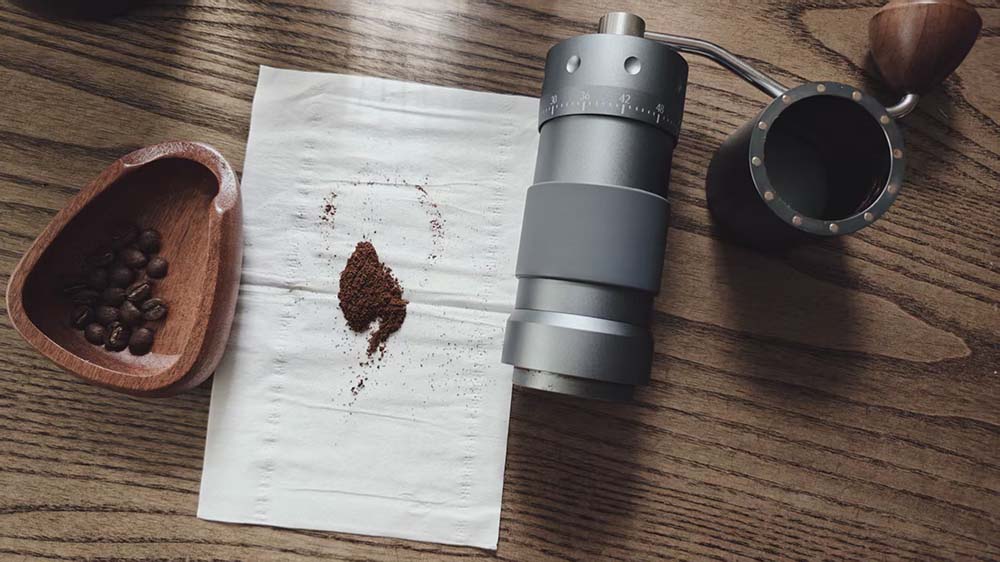
Grinding Too Fine
If the grind is too fine, the overall density of the coffee grounds increases, creating considerable resistance. During extraction, the hot water is forced to find an “exit” and will break through the weak spots in the coffee puck, leading to channeling.
Distribution and Tamping
As everyone knows, distribution and tamping are important. Uneven distribution leads to significant differences in the density between coffee particles. During extraction, hot water more easily breaks through the sparse areas, creating channels.
If tamping is uneven and the puck is tilted (one side thicker than the other), hot water will more easily penetrate the thinner side, causing uneven extraction and unstable flow, resulting in channeling.
So, try to keep the tamping as consistent and level as possible each time.

If channeling happens during espresso extraction, try to look for causes in the beans, grind size, distribution, and tamping. Doing these steps well can help you avoid channeling to a great extent.
